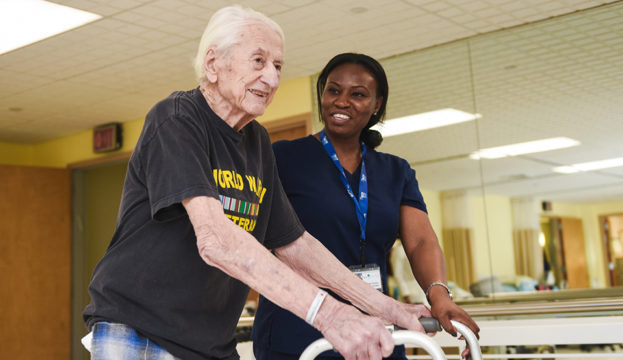One common hands-on treatment method is vertebral adjustment. This technique involves using precise pressure to the vertebral column to enhance alignment and decrease discomfort. Studies has shown that vertebral manipulation can be beneficial in managing lower back discomfort and neck pain. Another technique is soft tissue manipulation, which focuses on relieving tension in the muscle tissue and soft tissues. This can help reduce stiffness and enhance range of motion, making it easier for clients to move without discomfort. Both techniques can be tailored to meet the specific needs of each client, ensuring a personalized approach to see this page treatment.
In addition to pain relief, manual therapy can enhance patient results in multiple aspects. For example, it can boost blood flow, which helps supply nutrients and essential elements to the injured regions of the body. Better circulation can also encourage recovery and alleviate inflammation. Additionally, hands-on therapy can help patients gain enhanced physical awareness, which is essential for avoiding subsequent trauma. By understanding how their physiques function, clients can make better knowledgeable decisions about their movements and alignment, leading to sustained benefits.
The effectiveness of hands-on treatment is often backed by patient responses. Many patients indicate notable gains in their discomfort levels and overall performance after receiving treatment. This positive reaction can lead to greater drive for clients to participate in physical activity and rehabilitation programs. When patients feel better, they are more likely to participate in their recovery journey, which can additionally enhance their results. This cooperative approach between the therapist and the patient is essential for achieving lasting outcomes.
In conclusion, manual therapy methods play a critical role in alleviating muscle and joint pain and improving client results. By using methods such as spinal adjustment and gentle tissue mobilization, healthcare professionals can help clients recover movement and reduce discomfort. The advantages of hands-on therapy extend further than instant pain alleviation, as it also encourages healing and motivates clients to take an active role in their recovery. As an increasing number of people seek effective therapies for muscle and joint issues, manual treatment continues to be an essential choice in the realm of medicine.
